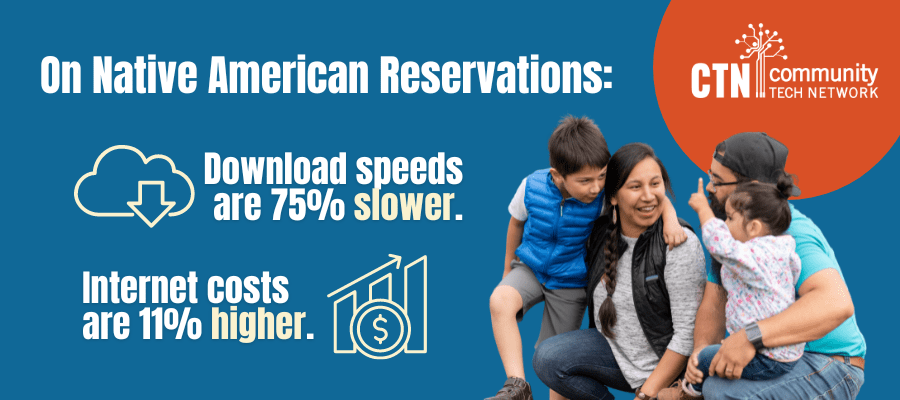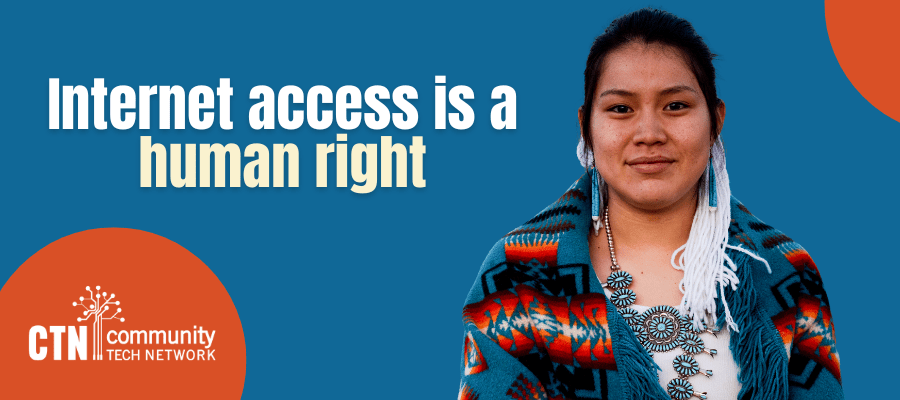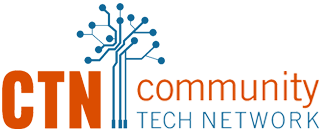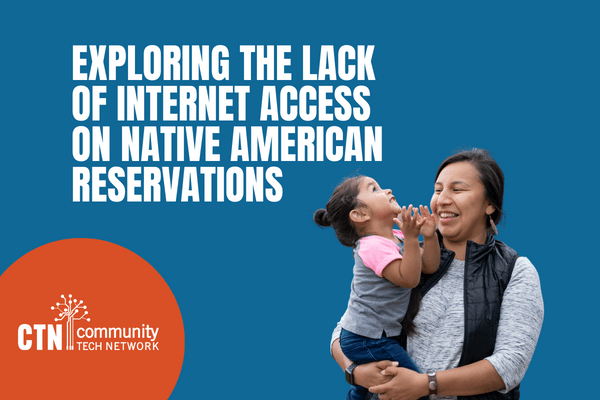Despite the fact that the internet is used for just about everything in today’s society, 42 million Americans are still offline. One group in particular has been especially left behind in the current digital era: indigenous communities.
The statistics speak for themselves. Recent research shows that, on tribal lands:

- Download speeds are 75% slower.
- Internet costs are 11% higher.
- 18% of people have no internet at all.
- Internet access is 21 percentage points lower, compared to neighboring nontribal lands.
- The access gap between tribal and nontribal areas is approximately three times larger than the White-Black access gap and four times larger than the urban-rural access gap.
Meanwhile, similar studies have found that only half of Native Americans who own a computer and live on a reservation or other tribal land have access to high-speed, reliable internet.
In summary: tribal areas are some of the least connected regions across the U.S.
These communities have been underserved because internet service providers (ISPs) are not motivated to build broadband infrastructure, such as towers and cables, in rural tribal areas with small populations. The common belief: they can make more money elsewhere.
In recent years, the federal government has worked to bridge the digital divide in rural communities by incentivizing ISPs to build in tribal lands and by offering large broadband subsidies to households through the Affordable Connectivity Program. Nevertheless, few funds have historically been allocated to these causes. Of the money that was directed towards digital inclusion initiatives in tribal lands, many communities could not receive it.
Some were deemed ineligible because the Federal Communications Commission (FCC) had incorrectly assessed (PDF) broadband availability and believed that certain areas were more connected than they actually were. Other tribes did not take advantage of funding opportunities because they found the many federal administrative requirements too burdensome.

Internet access is a human right that affects educational, economic, and health outcomes. Without it, already-existing inequalities on tribal lands will only continue to be exacerbated.


Comments are closed.